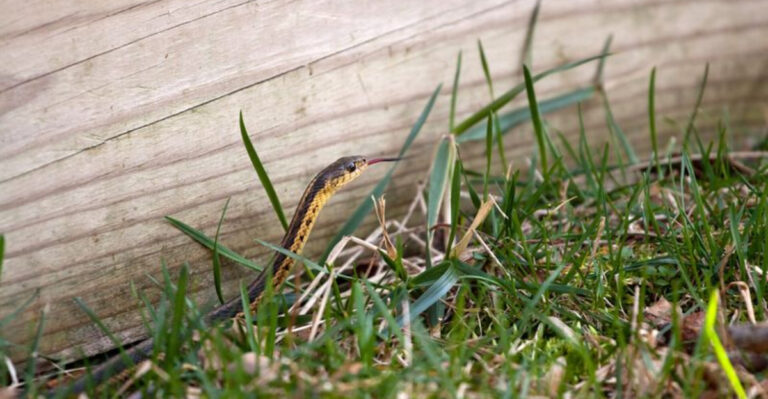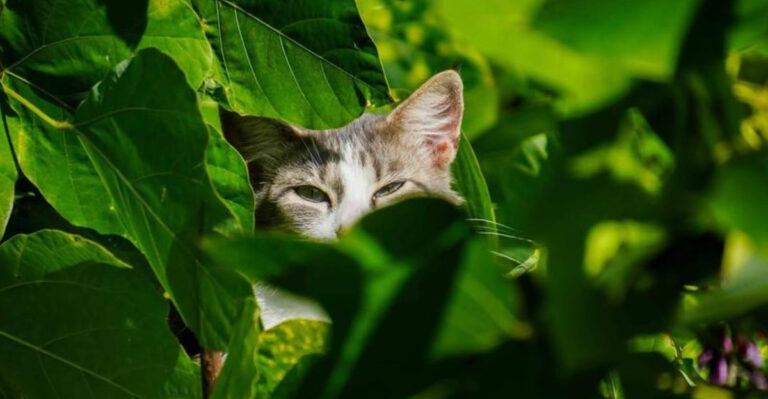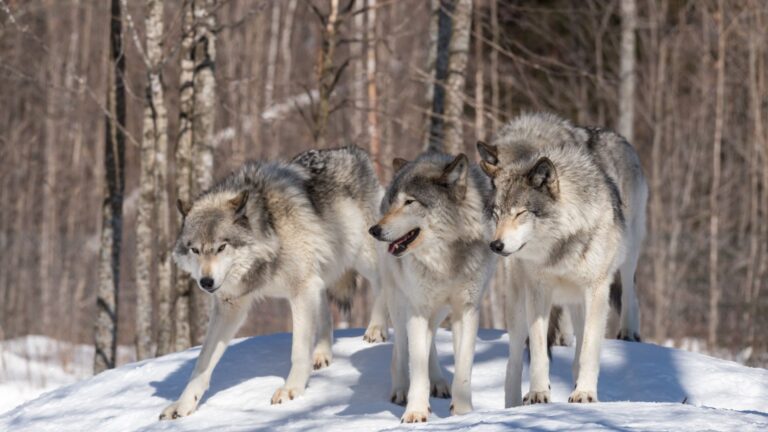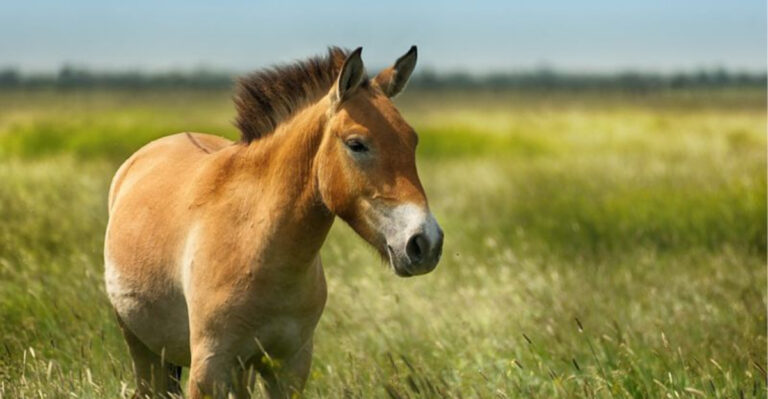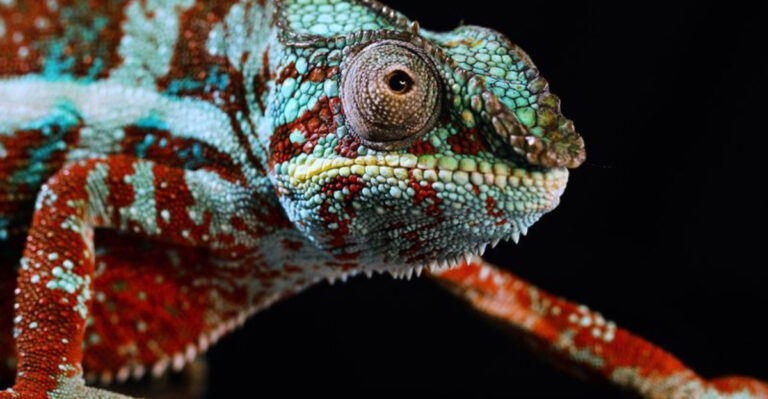How Pudu Deer Stay Hidden In The Chilean Forests
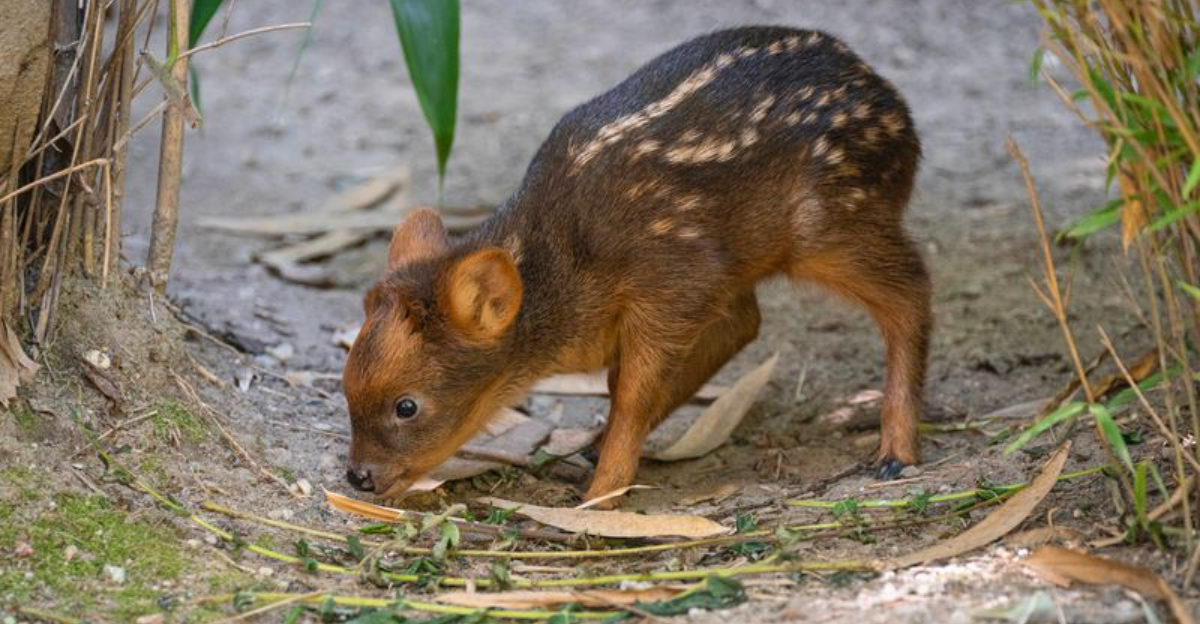
Hidden within the misty Chilean forests lives the world’s smallest deer species – the pudu. Standing barely 14 inches tall, these tiny creatures have mastered the art of staying invisible to predators.
Their survival depends on remarkable adaptations that have evolved over thousands of years, making them nature’s masters of hide-and-seek in South America’s dense woodland habitats.
1. Tiny Size Advantage

Ever tried spotting a chocolate bar in a messy room? Now imagine finding a deer smaller than your pet cat in a vast forest! Pudus stand just 14 inches tall, allowing them to slip beneath dense underbrush where larger predators can’t follow.
Their miniature proportions help them navigate tight spaces between trees and shrubs that would stop larger animals in their tracks.
2. Reddish-Brown Coat Blending
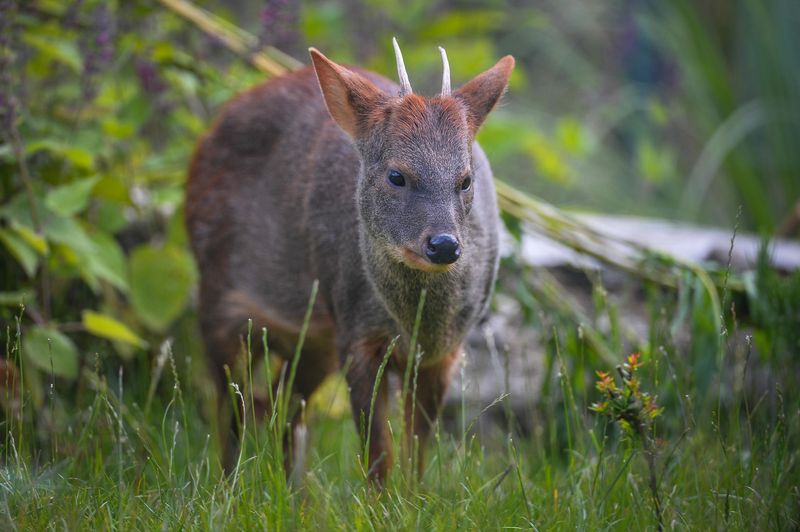
Nature’s paintbrush gave pudus the perfect forest camouflage. Their reddish-brown fur matches the color of fallen leaves, tree bark, and forest floor debris almost perfectly.
When standing still among the dappled light of the forest, a pudu’s outline seems to dissolve into the background. Sunlight filtering through trees creates patterns that further break up their silhouette.
3. Freeze Response When Threatened
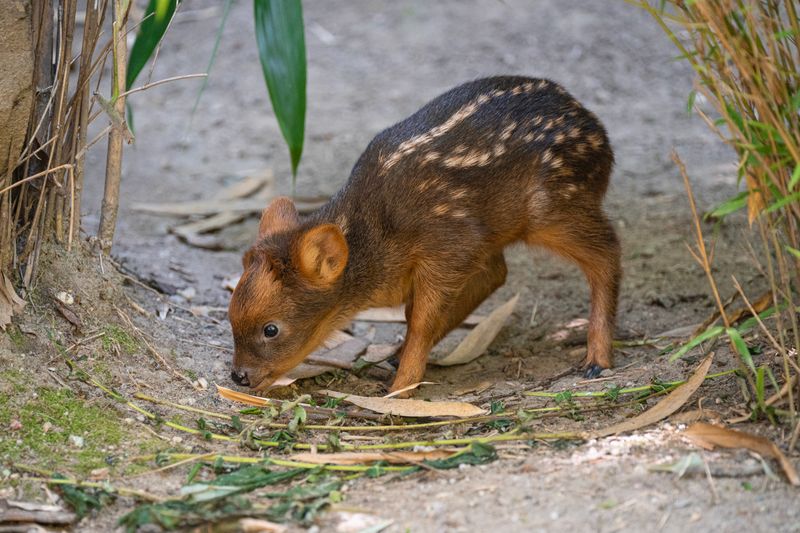
Caught in danger? Don’t move a muscle! Pudus freeze completely when they sense trouble, becoming living statues in the forest.
Their instinct tells them motion attracts attention, so they remain perfectly still until the threat passes. Even their breathing slows down. A motionless pudu is nearly impossible to distinguish from surrounding vegetation and fallen logs.
4. Strategic Resting Spots

Smart real estate choices save pudu lives daily! These deer carefully select resting spots against fallen logs, between tree roots, or beneath dense shrubs.
They create small depressions called “beds” by pawing at the ground. These natural hideaways provide overhead cover and protect them from multiple angles. A napping pudu becomes just another bump on the forest floor.
5. Zigzag Escape Routes

Spotted by a predator? Time for fancy footwork! Pudus don’t run in straight lines when chased – they zigzag wildly through the forest at speeds up to 25 mph.
Their small bodies can change direction instantly, making sharp turns around trees and through tight spaces. These unpredictable movements confuse predators and allow pudus to disappear into the undergrowth before danger gets too close.
6. Secret Forest Pathways
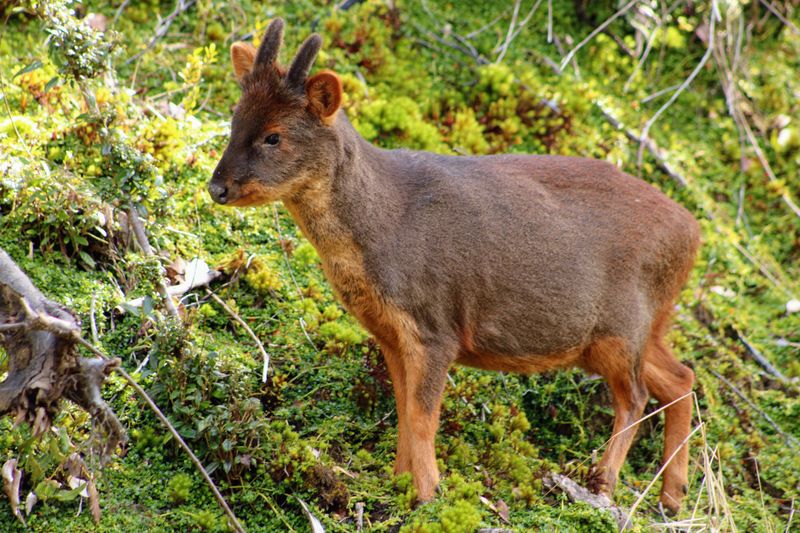
Like tiny forest architects, pudus create hidden highways through the underbrush. They follow the same paths repeatedly, forming narrow tunnels just big enough for their small bodies.
These secret routes connect feeding areas, water sources, and safe resting spots. Predators too large to enter these passageways are left frustrated on the outside. The network of trails gives pudus quick escape options in every direction.
7. Nocturnal Activity Patterns
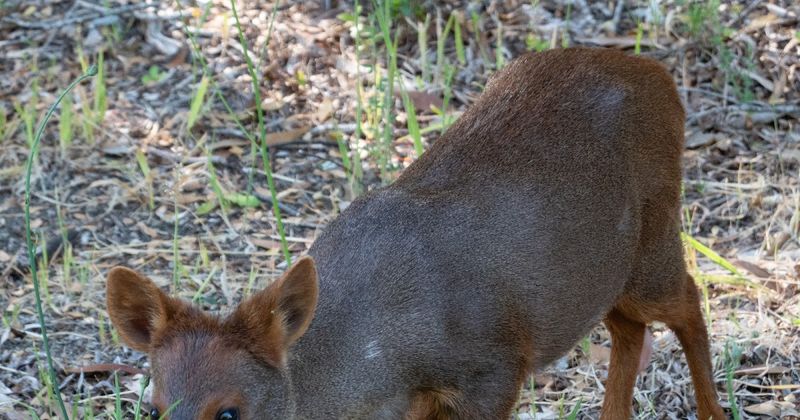
Night owls of the deer world, pudus do most of their business under cover of darkness. They stay hidden in secure spots during daylight hours when predators like pumas and foxes are most active.
Coming out primarily at dusk and dawn (crepuscular behavior), they take advantage of poor lighting conditions. Their excellent night vision helps them navigate while remaining practically invisible in the shadows.
8. Silent Forest Movement

Forest ninjas don’t make sound! Pudus place each tiny hoof with incredible precision, creating virtually no noise as they move through the underbrush.
Their soft foot pads absorb impact, while their lightweight bodies barely disturb vegetation. Unlike larger deer that snap twigs and rustle leaves, pudus can cross a forest floor covered in dry leaves without making a sound that would alert predators.
9. Distinctive Bark Warning System
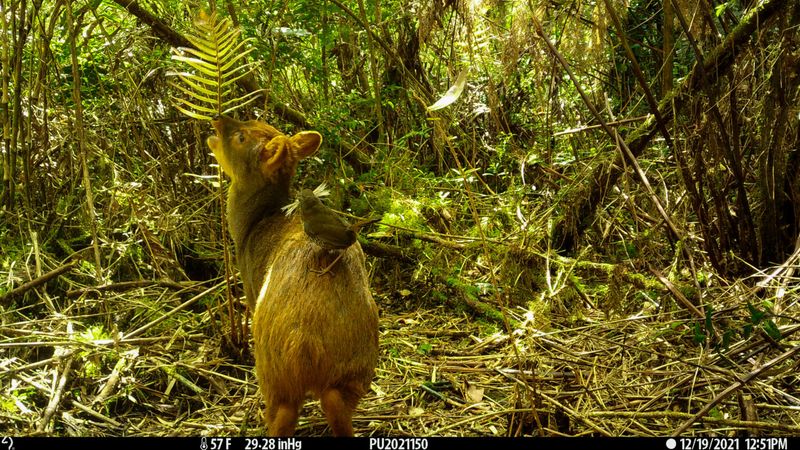
Bark like a dog, hide like a pro! When danger approaches, pudus emit a short, sharp bark to warn others before vanishing into the vegetation.
This unique vocalization sounds nothing like typical deer calls, confusing predators about its source. After sounding the alarm, pudus immediately scatter in different directions. Their warning system gives the whole group precious seconds to disappear.
10. Scent Masking Behaviors

Smell ya later? Not these deer! Pudus have specialized scent glands that produce minimal odor compared to other deer species.
They also avoid marking territory in ways that would attract attention. Female pudus even consume their fawns’ waste to eliminate scent trails that predators might follow. By keeping their scent profile low, pudus remain undetectable to animals that hunt by smell.

